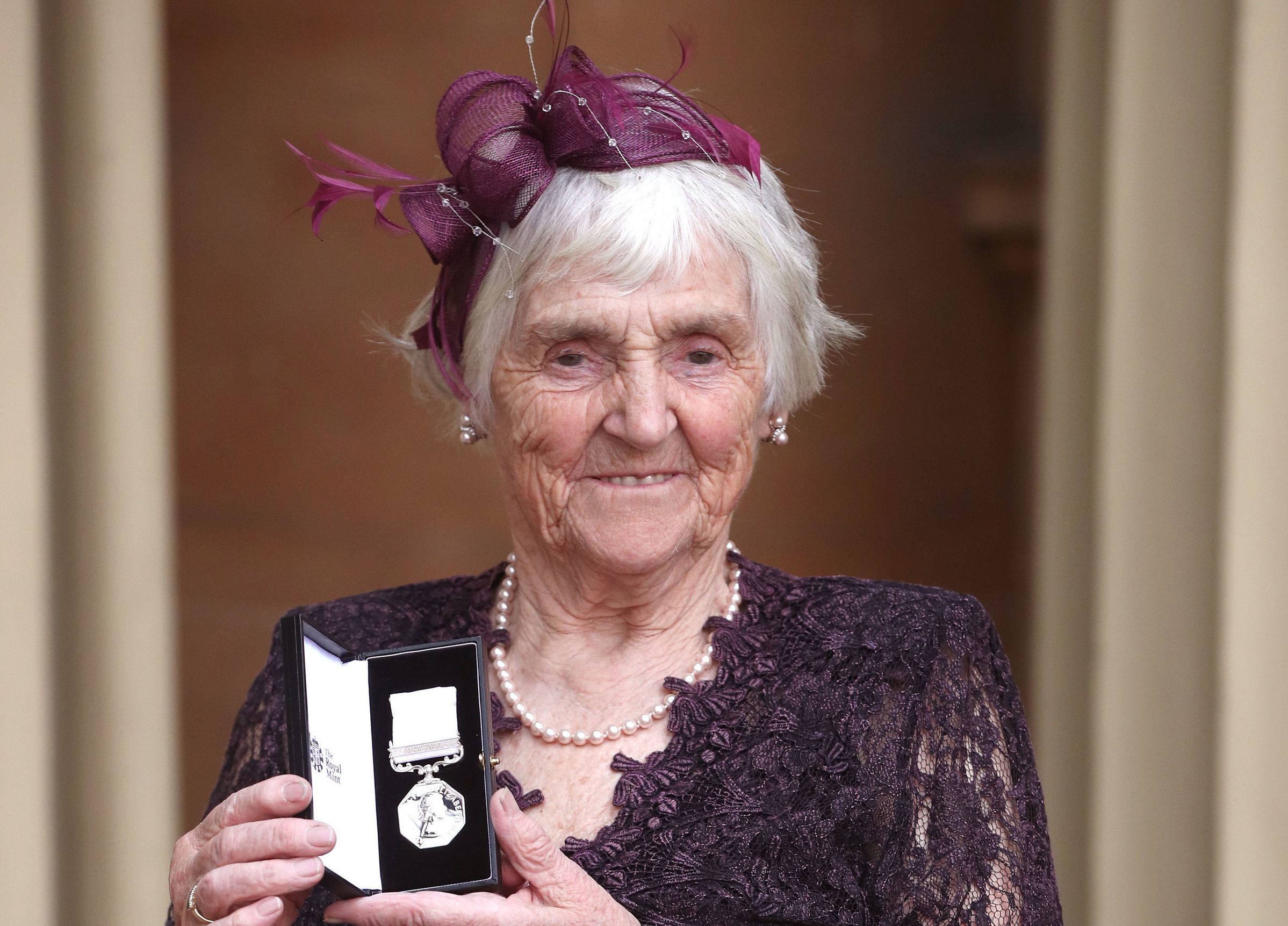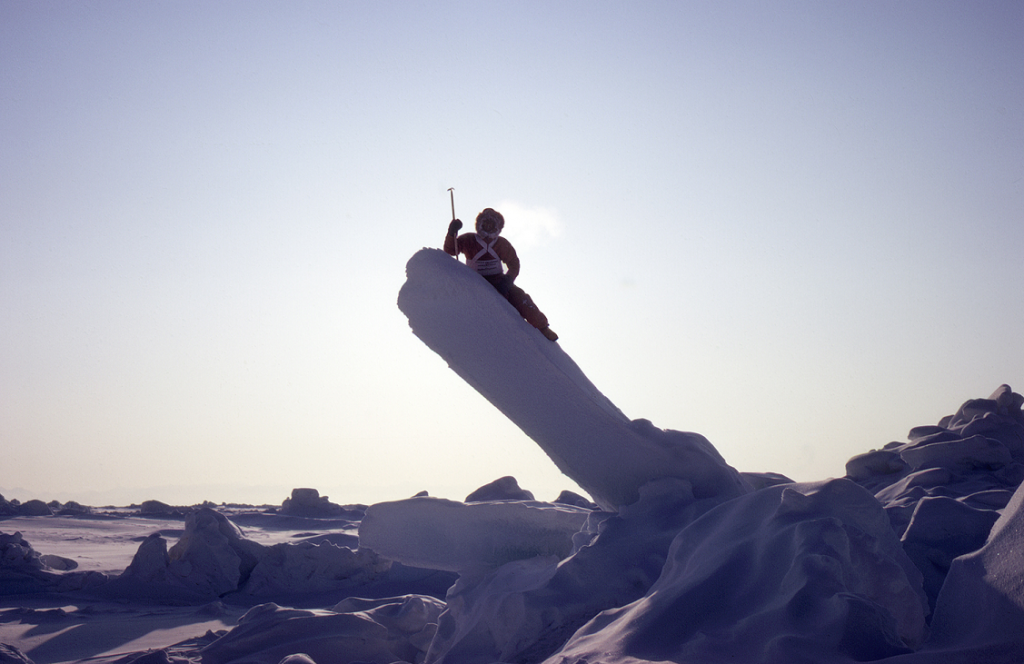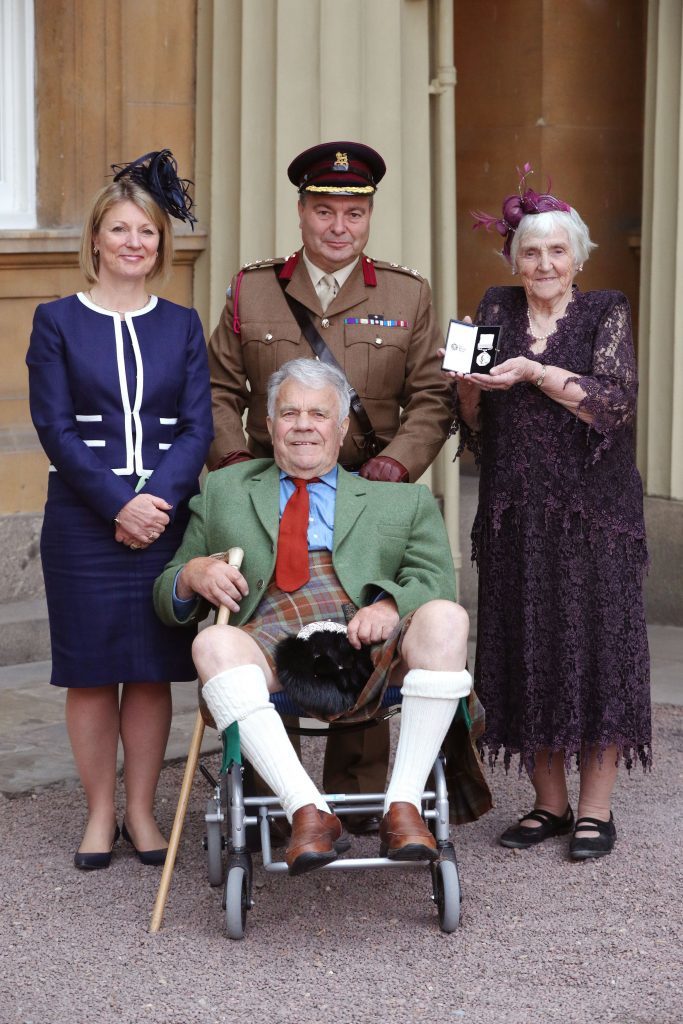
SHE was the mum who visited the Arctic Ocean with a six-month-old baby, and later took her young family on the start of an expedition to the North Pole.
But as she looks back over an extraordinary life of exploration, 87-year-old Myrtle Simpson says she was always at her happiest cuddling up to her four children.
Myrtle, who was awarded the prestigious Polar Medal earlier this year for her Arctic exploits, said: “The happiest I have ever been was in a little tent with the kids. When you hear people wailing now about how bad everything is, I would say: ‘Take your family and go camping’.”
Back in the ’60s Myrtle’s extreme travels with her young family attracted criticism, but she says attitudes towards taking children on far-flung adventures are beginning to change.
She, however, is adamant she will not change her active lifestyle and, in her ninth decade, still goes skiing.
Myrtle was born in Aldershot but the family moved back to her father’s home city of Edinburgh when she was a teenager.
Speaking from her home near Aviemore, she recalled: “I stuck out like a sore thumb because I hadn’t had a normal education so I used to go to walk by myself in the Pentlands.”
She became part of the Edinburgh University climbing club and met husband Hugh when she was qualifying as a radiographer.
Aged 21, her first job was in Fort William, where her love of climbing grew: “I was accepted by the climbers and there weren’t many girls climbing in those days.”
She organised the Edinburgh Andean Expedition in 1958 and set off by boat to Lima with fellow climber Bill Wallace, meeting up in Peru with Hugh who was returning from the Antarctic.
There the trio made the first British ascent of the 22,000ft Huascaran. Myrtle said: “It caused great interest in the press as there were two guys and me and I would say that above 20,000ft it doesn’t matter. Anyway, I came back and married Hugh.”
Just after they were married, Hugh had six months of research to do on Svalbard, an archipelago in the Arctic Ocean. Myrtle said: “I realised I was pregnant but too selfish to stay behind, so I went too. We got a lot of negative press at the time for taking the baby, Robin, who was six weeks or so.”
In 1965 Myrtle became the first woman to ski across Greenland with three others as part of an unsupported expedition. But it was on another trip to the world’s largest island she enjoyed seeing her children thrive. She said: “Our daughter (Rona) was three and there was a little Greenland girl of three and these two spent every day of the summer playing together, making dollies and stuff. They didn’t speak a word of each other’s language.
“We thought our kids had a much better time coming with us rather than us leaving them behind.”
In 1969, with Hugh and fellow expeditioner Roger Tuft, she was forced to turn back from an attempt to reach the North Pole.
“We took the kids as far as we could which was the most northerly school in Canada and Rory, our youngest child, was just months old.”
They took a teacher from Scotland with them who looked after the children while they were away.
“It was frightful to begin with – the ice was churned up and we were going about three miles a day. Then things got better but the radio went on fire. We argued for two days and three nights. In the end we chucked it in and turned round and we went and picked up the kids.”
Myrtle was shocked to be awarded the Polar Medal – initially given in 1904 to Captain Scott’s first expedition to Antarctica. She said: “I was surprised. Maybe it is has to do with women being cool at the moment. They broke the glass ceiling but there are still lots of things to do.”
A past president of the Scottish Ski Club, she still skis in the Cairngorms, where she helped establish the resort in the ’50s and ’60s. She added: “It is the very best sport for the elderly – the lift takes you up and all you have to do is ski down. You have to keep active.”

Enjoy the convenience of having The Sunday Post delivered as a digital ePaper straight to your smartphone, tablet or computer.
Subscribe for only £5.49 a month and enjoy all the benefits of the printed paper as a digital replica.
Subscribe
